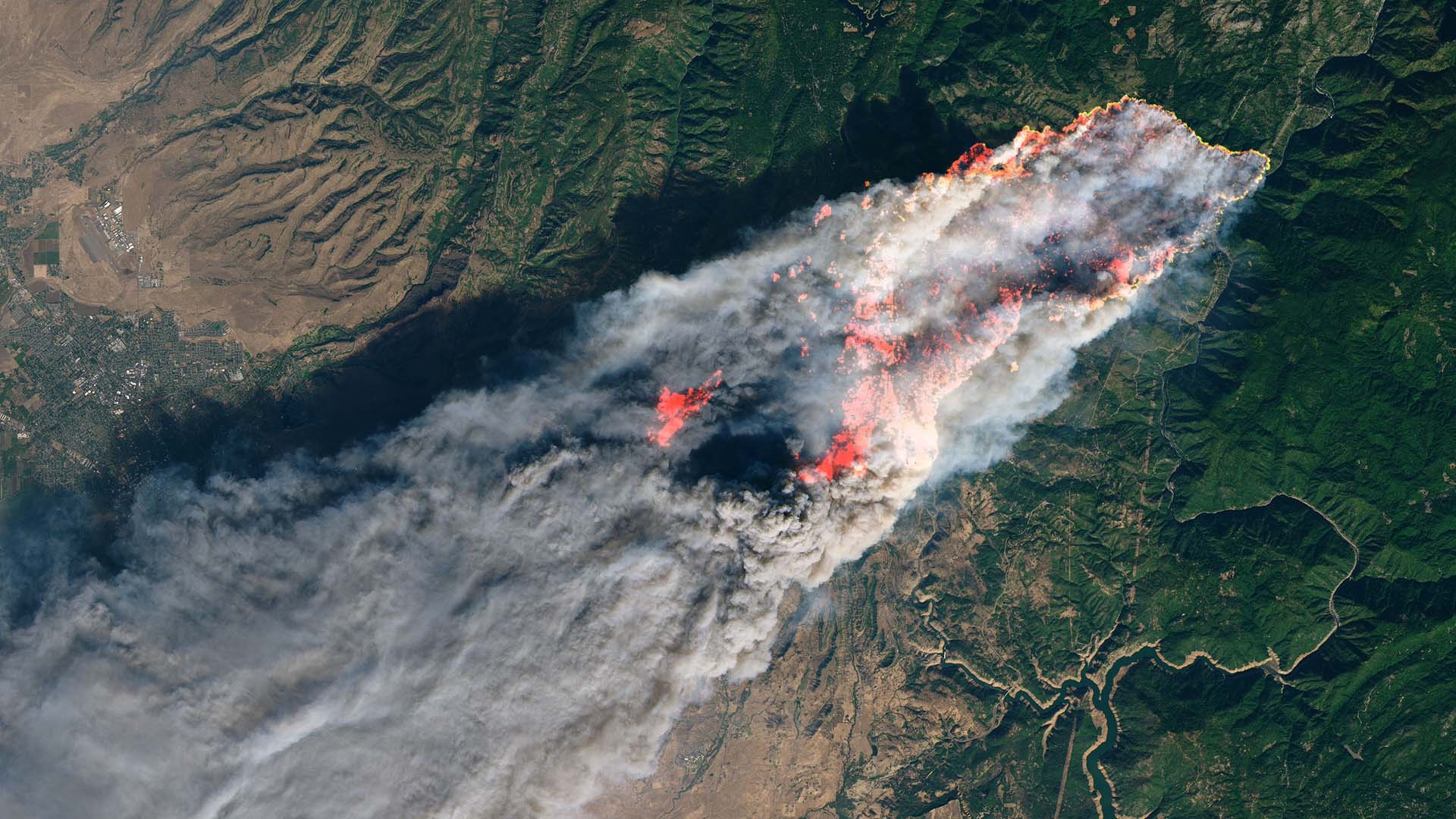Forestalling Fire: Landscape Strategies Can
Mitigate Impacts of Natural Disasters
As climate change gives rise to more frequent and intense natural disasters, planners and designers have an obligation to devise preventative measures.

For over 30 years, landscape architects at SWA Group have anticipated the possibility of fire and flooding in their designs and have implemented strategies that have saved lives and property. Beginning in 1988, Laguna Beach Managing Principal Sean O’Malley helped to develop aggressive field modification techniques while working on 20,000 acres of mixed-use development in Newport for the Irvine Company. The goal, then and now, was to use landscape to diminish the intensity and heat of fires so that firefighters can intervene in these fire-prone places.
O’Malley, whose studio was recently honored by the American Planning Association’s California chapter with the Planning Firm of the Year award, worked closely with the Orange County Fire Authority (OCFA), who burned native chaparral to see how they reacted. The OCFA recommended replacing the fast-burning plants such as buckwheat and artemisia, (a.k.a. sagebrush) with native plants containing a high-turgidity index (how much water they hold); beavertail cactus and lemonade berry were selected because they can resist fire better. The team also eliminated plants with lots of flammable resin. And, at areas directly adjacent to housing development, they employed grasses which lower the heat intensity of a fire and slow its burn time. Fuel Modification Zones were developed that incorporated broad areas of thinned native chaparral and “wet” zones directly adjacent to development—automatically irrigated zones of low grasses and highly turgid native plants.
“In most places regulations tend to be minimal,” laments O’Malley, who urges stronger restrictions for developing land in the wildland interface. His current-day fire-related work is in evidence at the Rancho Mission Viejo (RMV) development, a working ranch of 23,000 acres in Orange County where stricter mandates include double-paned window glass; covered eaves; managing the scrub with grazing cattle; and planting orchards of 15- to 20-foot trees to catch the embers from distant flames (in the Paradise, CA, fire, blowing embers spread fires from great distances). A dozen tree species that are particularly susceptible to flying embers have been eliminated altogether there, including pines, eucalyptus, and palms. Fuel modification zones surround all developed areas.
Learn more
SWA’s Sean O’Malley will be taking part in a Zoom panel discussion titled “Scorched Earth: Can the West Coast Adapt to Increasingly Severe Wildfires?” hosted by The Architect’s Newspaper this coming Friday, October 2, at 10:00 AM Pacific. To join, please access this link.


